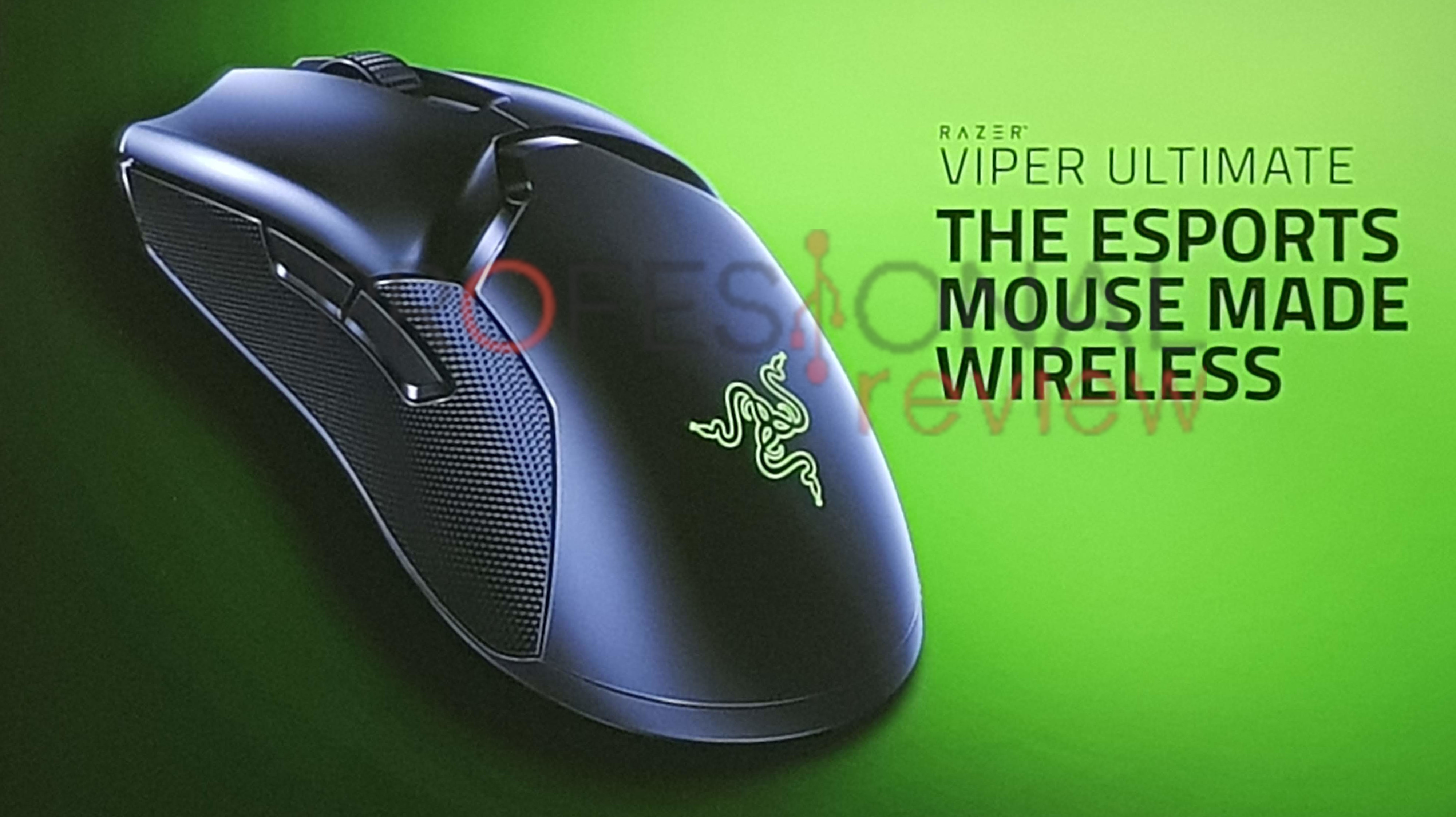
I used it as my main mouse for an entire week without it running out of battery. Razer claims it will last 70 hours between charges, and my experience wasn’t far off. The long-life battery means you can keep playing for days on end without worrying about charging.

It even tracked well when I was using it on a sofa cushion. I used it on a soft mouse pad most of the time, which is the ideal set-up, but when I used it directly on my desk it still felt responsive. It tracked well on a variety of surfaces. In other words, it should perform just as well as the best wired mice. According to Razer, you should be able to achieve latencies of less than 0.2ms, which is essentially the same as the wired version of the Viper. The Viper Ultimate is also loaded with Razer’s HyperSpeed Wireless transmission tech, which it claims is 25% faster than competitors. The Viper Ultimate has a resolution accuracy of 99.6%: that’s higher than the Razer Deathadder Elite, arguably the best wired mouse on the market, which sits at 99.4%.

For comparison, our current favorite wireless mouse, the Logitech G502 Lightspeed, is rated up to 400 IPS, meaning the Viper Ultimate has a higher ceiling for tracking faster movements. It also boasts a tracking speed of up to 650 IPS (inches per second). The sensor runs up to 20,000 DPI/CPI-higher than anything you’ll find on our best gaming mouse list. The Basilisk is the bigger of the two, and comes with more customisable buttons, while the Viper Ultimate is slimmer and ambidextrous.

It starts with the Razer Focus+ Optical Sensor, a new bit of kit Razer has slotted into both this mouse and the Basilisk Ultimate.


 0 kommentar(er)
0 kommentar(er)
